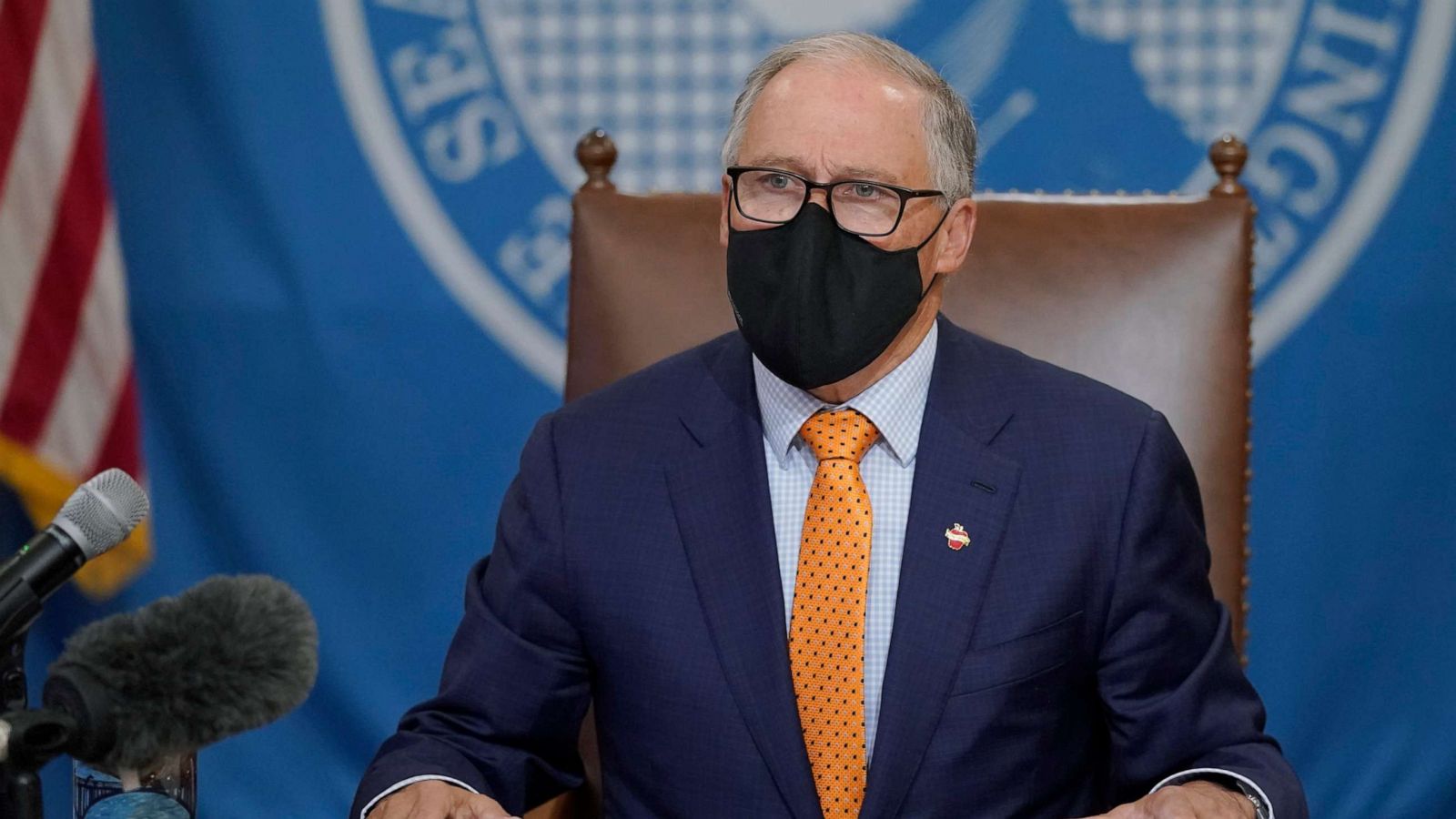
There was no tax relief for Washingtonians in Gov. Jay Inslee’s 2022 supplemental budget proposal that calls for more than $4 billion in increased spending.
Washington state doesn’t have high taxes, Inslee said. He said the state faces multiple crises – the COVID-19 pandemic, climate change, homelessness, salmon recovery – that make it a bad time to cut taxes and that it is “beguiling to think otherwise.”
“Some would say a supplemental budget year ought to make for a quiet few months in Olympia, but no one has that luxury with the number of urgent concerns facing our state,” Inslee said during the opening moments of Thursday’s afternoon press conference unveiling his supplemental budget. “We must act now on issues that the pandemic highlighted and further compounded. It may be a short session, but we have a long list of things to accomplish together.”
The governor’s supplemental budget plan builds off of the $59 billion two-year spending plan adopted by the state legislature earlier this year that includes some $1.3 billion in unspent pandemic-related federal relief funds.
Inslee focused on the one-time nature of federal funds in defending the lack of tax relief in his budget.
“Well, it’s a simple fact that the need for expenditures will go on, but the revenues are going to go away,” Inslee said. “If those who get stars in their eyes and think that this revenue is continuing to come pouring in is totally unrealistic.”
He did not specifically address the fact the state has seen a steady recovery of revenues.
Last month, the state’s Economic and Revenue Forecast Council projected revenue collections for the 2021-2023 biennium were $898 million above the September forecast. Projections for the 2023-2025 biennium increased by more than $965 million.
That translates into overall revenues having increased $3.6 billion for the current biennium and $4.1 billion for the next biennium as compared to the first forecast of the year in March.
Inslee’s proposed budget includes both one-time and new federal funds, along with other funds, to provide nearly $1 billion for the transportation budget, including $324 million toward ferry electrification and $40 million to attract and retain ferry system employees.
He also wants to reinvest nearly $1 billion in K-12 savings realized due to declining enrollments during the pandemic to increase the number of school nurses, social workers, counselors, and psychologists.
Inslee unveiled several budget proposals earlier this week ahead of Thursday’s reveal of his supplemental budget, including $815 million to combat homelessness across the state, $626 million on climate change proposals, and $187 million on salmon recovery efforts.
Jason Mercier, director of the Center for Government Reform at the Washington Policy Center, was critical of Inslee’s budget not having any tax relief.
“With massive revenue increases, I was hoping the governor’s tax-cutting heart would grow three-sizes today and he would finally embrace the tax cutting fever the rest of the country has caught,” he said. “Sadly, it is clear the governor may not be capable of offering tax relief since he believes Washington taxes are just fine and there are too many spending needs for the state. Now we wait to see if lawmakers agree with the governor that spending should continue to go up, including state employee pay raises, while not providing any tax relief to Washingtonians, despite billions in ongoing revenue growth.”
There was some fiscal good news in the press conference.
Inslee said his budget puts $600 million back into the “Rainy Day” fund, in addition to the $574 million required for the current two-year budget. Over the next four years, the state’s reserves will return to pre-pandemic levels, Inslee said. The state’s total reserves are projected to be more than $2.5 billion at the end of the current biennium, Inslee added, and $2.8 billion at the end of the next biennium.
The Democratic-controlled House and Senate will each present their own budget plans during the 60-day legislative session that begins Jan. 10.
This article was originally posted on Gov. Inslee’s budget; no tax relief, $4B increase in proposed spending